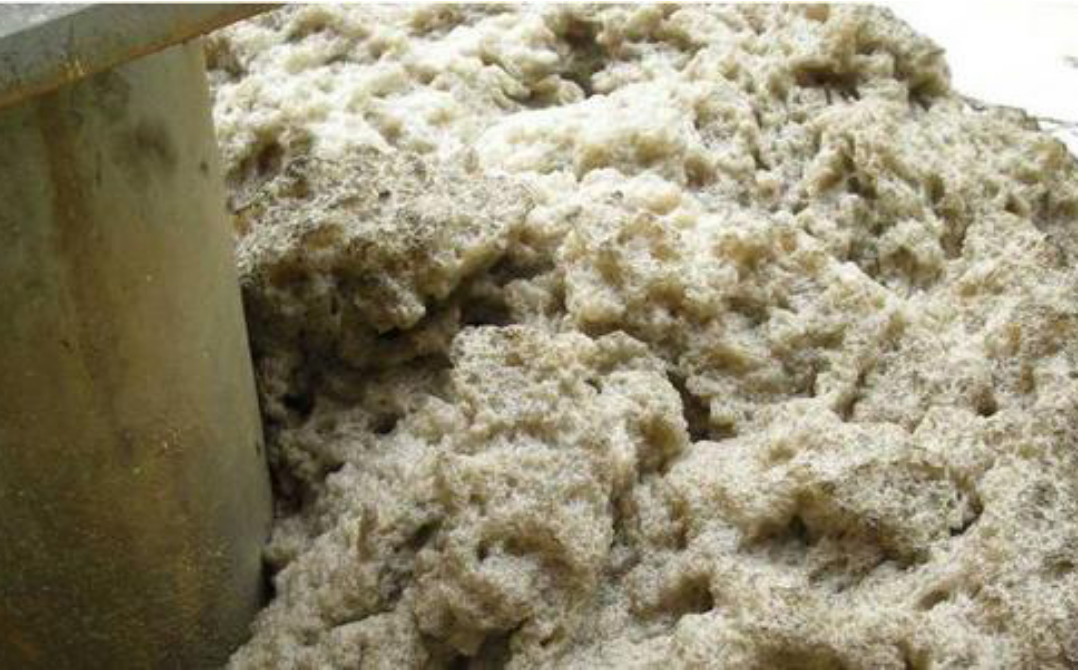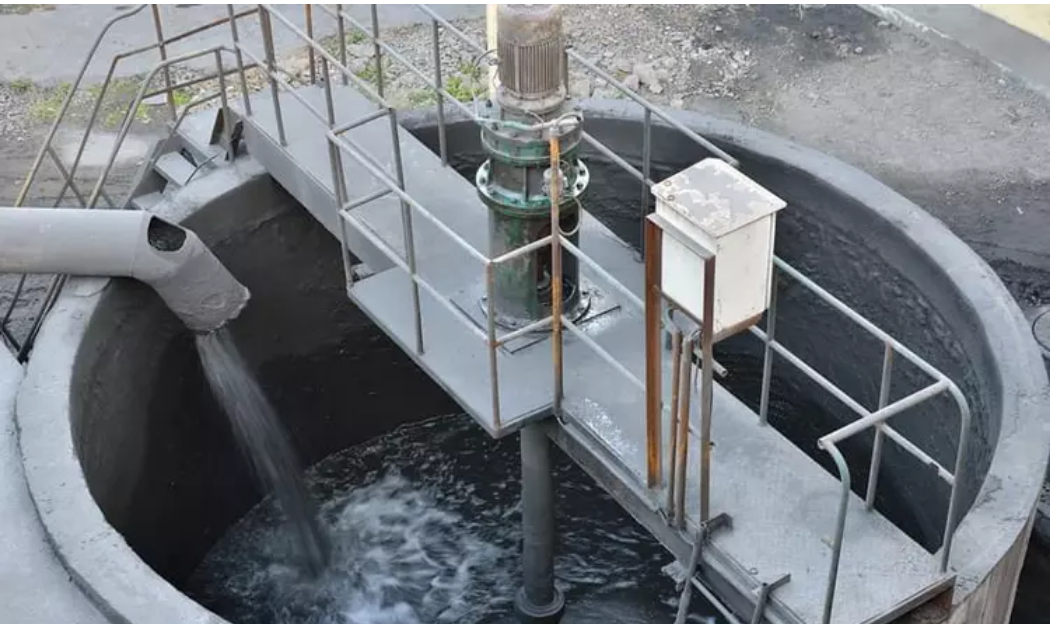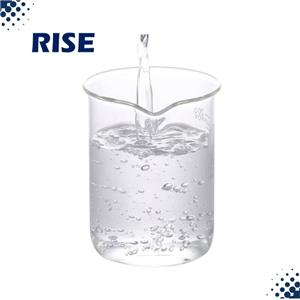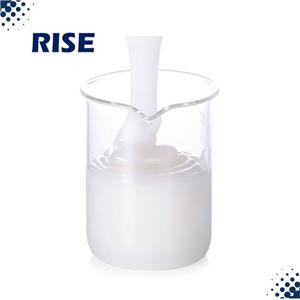Understanding the Role of Desulfurization Defoamer in Removing Foam during the Desulfurization Process

The desulfurization process is a critical step in reducing sulfur dioxide emissions from power plants. However, it often encounters a common challenge: foam formation. In this article, we will explore why foam is produced during the desulfurization process, the need to eliminate foam, and the important role of desulfurization defoamer in addressing this issue.
● Foam Formation in Desulfurization
Foam is formed in the flue gas desulfurization system due to a combination of factors. Firstly, the presence of impurities in the flue gas, such as suspended solids, oils, and surfactants, contributes to foam generation. Additionally, the use of reactive chemicals for sulfur dioxide removal can further exacerbate foam formation. The physical agitation and mixing of these components during the desulfurization process create small bubbles that accumulate and eventually form foam.
● The Importance of Eliminating Foam
The presence of foam poses several challenges in the desulfurization process. Firstly, foam can obstruct the flow of flue gas, reducing the overall efficiency of the system. This decrease in efficiency results in decreased sulfur dioxide removal. Moreover, foam can overflow from holding tanks, leading to environmental concerns and potential safety hazards. Foam can also accumulate on the equipment surfaces, leading to corrosion, scaling, and reduced equipment lifespan. Therefore, it is crucial to eliminate foam efficiently.

● Role of Desulfurization Defoamer
Desulfurization defoamer play a vital role in addressing foam-related issues during the desulfurization process. These defoamers are specially formulated chemicals designed to disrupt the foam structure and promote its collapse. They work by reducing the surface tension of the liquid, enabling trapped air bubbles to escape, and preventing further bubble formation.

● The key benefits and functions of desulfurization defoamer include
1. Foam Control
Desulfurization defoamer effectively combat foam formation, allowing for uninterrupted and smooth operation of the desulfurization system.
2. Increased Efficiency
By reducing foam buildup, the defoamer help maintain optimal gas and liquid flow rates, improving the overall desulfurization efficiency.
3. Equipment Protection
Desulfurization defoamer prevent foam from accumulating on the surfaces of equipment, minimizing the risk of corrosion, scaling, and subsequent equipment damage.
4. Environmental Compliance
By eliminating foam, these defoamers prevent overflow and subsequent environmental pollution concerns.
5. Cost Savings
The use of desulfurization defoamerreduces the need for frequent cleaning, maintenance, and downtime, resulting in significant cost savings for power plants.




